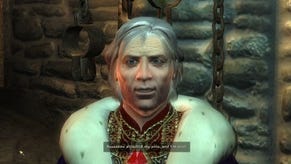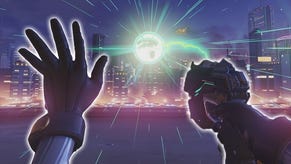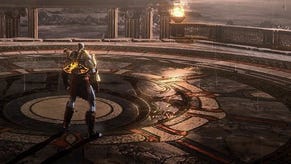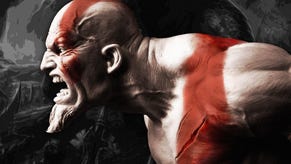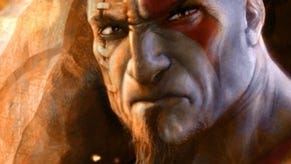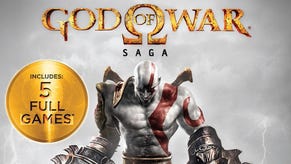The Making of God of War III
For the love of God.
Post-GDC and in the wake of last week's gargantuan Uncharted 2 post-mortem, Digital Foundry's "downtime" this week was spent playing the UK's - and most likely the world's - number one videogame, God of War III.
Previously we've covered the Sony Santa Monica team's work in radically improving visuals and performance of the game since the release of the E3 demo. This time, we're focusing on how state-of-the-art technology meets a vision of an epic, interactive cinematic experience that makes God of War III one of the most involving, visceral and exciting videogames ever made.
Core to the whole experience is the quality of the artwork that the Sony Santa Monica team generates. Those who've played the God of War Collection will have seen how the attention to detail the artists put into their work almost seems to exceed the resolution requirements of the host platform itself, to the point where the PS2 HD "remastering" acquits itself well even up against native current-gen titles.
In God of War III, detail levels in terms of both texturing and geometry are a massive step beyond what has been seen in the previous games. Programmable pixel shaders add textures and effects that give a whole new dimension to the quality of the final work.
It's a true generational leap, and performance of the new game, in terms of frame-rate, is in the same ballpark as the previous two God of War titles.
In terms of the character creations themselves, concept art and a low-poly mesh from Maya is handed off to the 3D modellers, who create the basic models using a sculpting tool known as Z-Brush. These models are then given detail - painted in via Photoshop - before being passed along the next stages in the art pipeline to the character riggers and animators.
Kratos himself is an extremely detailed model, though it's interesting to note that the raw polygon count is considerably lower than the 35,000 or so that comprise the in-game model of Nathan Drake in Uncharted 2. That the Spartan maniac looks so good is all down to the individual make-up of the model. The poly count is just one element of the whole composition.
"We use as many polys as it takes," art director Ken Feldman says. "Off the top of my head, texture sizes for these character are quite big. I think we are using 2048s for the lower, upper body and head. Each character gets a normal, diffuse, specular, gloss (power map), ambient occlusion, and skin shader map. We also use layered textures to create more tiling, and use environment maps where needed."
"If you look at Kratos on the PS2, he is about 5000 polygons," Feldman says. "He is about 20,000 polygons now. I think he had three textures on the PlayStation 2. I think he has at least 20 textures on him now. The animation data on him is probably about six times as big.
"So Kratos went from being a couple of megabytes to now, it would actually take two PS2s to fit his memory footprint all in there. He is always loaded in the game. The other thing is that he has many more weapons, too. He can load between all of those different weapons, so all that stuff is loaded with him also, and all of the move sets."


A new technique known as blended normal mapping adds to the realism of the basic model and hugely enhances the range of animation available. Muscles move convincingly, facial animations convey the hatred and rage of Kratos in a way we've never seen before.
The system operates to such a level of realism that wrinkles in the character's skin are added and taken away as joints within the face of the model are manipulated. The musculature simulation is so accurate that veins literally pop into view on Kratos's arms as he moves them around.
God of War III's main protagonists are all animated by hand, simply because it was found that the animators themselves produced more effective work than basic motion capture from the actors offered. However, for secondary characters, Image Metrics' performance capture system recorded the voice actors' facial movements and mapped them on a per-pixel basis to the 3D models, with touch-up work carried out by the Sony Santa Monica team.
"The satisfaction comes from seeing Kratos in the game and saying, 'wow, that's him'," explains lead character artist Patrick Murphy. "You can see his veins, you can see him breathing. It looks better than the cinematics. That's the satisfaction."
In terms of character movements, over and above the pre-defined animations created by the team, the God of War technical artists also created secondary animation code. Why hand-animate hair, or a serpent's tail, when the PS3 itself can mathematically calculate the way it should look? The system's called Dynamic Simulation, and its effects are subtle but remarkable, accurately generating motion that previously took the animators long man-hours to replicate.
"From God of War II to God of War III we've used Dynamic Simulation more and more to do more secondary animations on the characters," explains Giovanni Luis, manager of the tech art team. "Before, on previous games, the hair or the cloth would be stiff, it would be modelled into the creatures. Now we're actually adding motion to those pieces so you will see hair and cloth moving."
"Towards the end of the previous game, in collaboration with Jason Minters, I created this dynamic system that uses the Maya hair system to drive a series of joints," adds technical artist Gary Cavanaugh. "Each of the snakes on the gorgon's head is independently moving. The animator did not have to individually pose all of these animations but they do have control over the physics... it improves a lot of the workflow for animators."
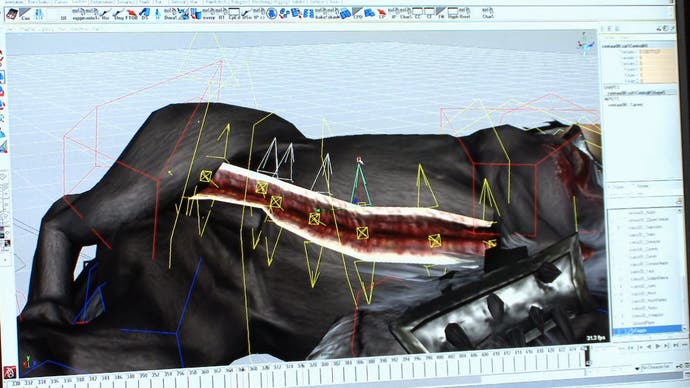
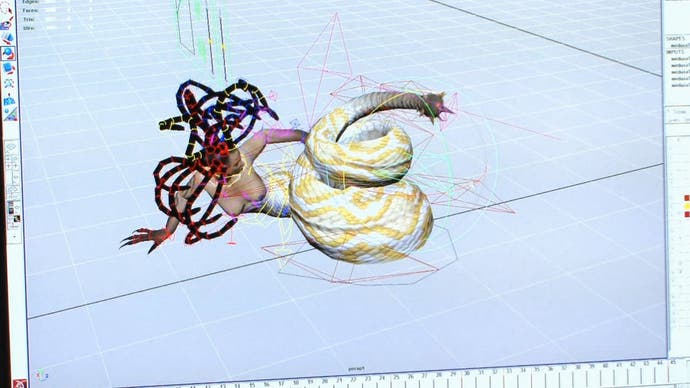
One of the most crucial elements of the cinematic look of God of War III is derived from the accomplished camerawork. Similar to previous God of War epics - and in contrast to Uncharted 2 - the player actually has very little control over the in-game viewpoint. Instead, Sony Santa Monica has a small team whose job it is to direct the action, similar to a movie's Director of Photography.
Think about it: so long as the gameplay works, and works well, having scripted camera events ensures that the player gets the most out of the hugely intricate and beautifully designed art that the God of War team has put together. When running from point A to point B, why focus the camera on a piece of ground and wall when instead it can pan back to reveal a beautiful, epic background vista?


